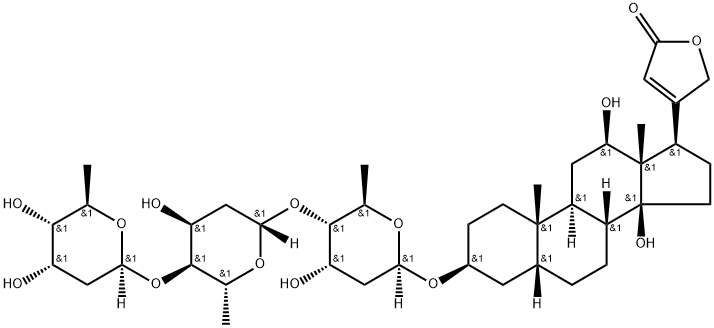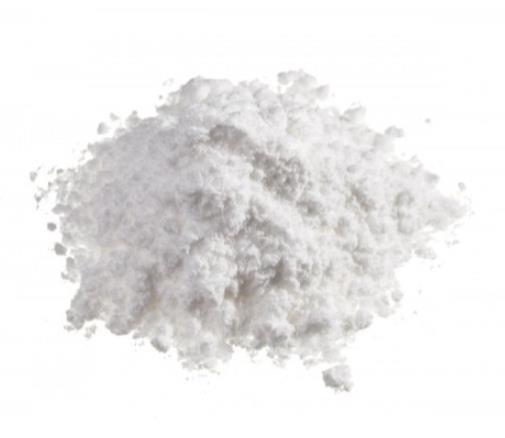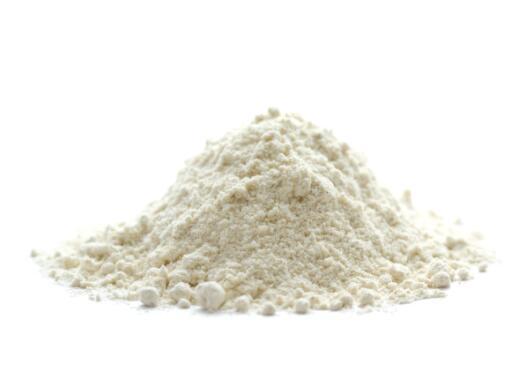Mechanism of Digoxin
Digoxin is a cardiac glycoside derived from the plant species digitalis (foxglove). A lthough previously used in the management of heart failure, it has largely been superseded for this indication and is now mainly used in the management of supraventricular tachyarrhythmia, particularly atrial fibrillation.

Mechanism of action
Digoxin has several actions, including direct effects on the myocardium and both direct and indirect actions on the ANS . It increases myocardial contractility and decreases conduction through the AV node and bundle of His (prolonging phase 4). Its mechanism of action is inhibition of membrane Na+/K+-ATPase activity. Intracellular Na+ concentration increases, driving the Na+/Ca2+ exchange towards Ca2+ influx, increasing intracellular Ca2+ and myocardial contractility.
In addition to direct cardiac actions, digitalis compounds have direct and indirect vagal effects. Central vagal tone, cardiac sensitivity to vagal stimulation and local myocardial concentrations of ACh are all increased, and these effects may be partly antagonised by atropine.
Digoxin has a low therapeutic index. Electrocardiographic changes can be demonstrated even at therapeutic concentrations, with downsloping ST-segment depression (reverse-tick) and T-wave inversion being misinterpreted as ischaemia.
Toxicity
Toxicity is more common in patients with hypokalaemia, hypomagnesaemia, hypercalcaemia and renal impairment. Toxicity classically presents with cardiac (particularly ventricular arrhythmias), CNS , visual and GI disturbances. Digoxin-specific antibody fragments may be used to treat cases of severe toxicity, as they form complexes with the digoxin molecule that are subsequently excreted in the urine.
);

